Beauty News, HINU
Do You Have a Scalp Type?
Just like our skin, our scalp has its own needs. It reacts to stress, changes with the seasons, and sends signals when it’s out of balance. But while most of us know our skin type—dry, oily, combination—very few know their scalp type.
Understanding your scalp is one of the most powerful ways to improve your hair’s health. It’s where every strand begins, and when your roots are in balance, everything else flows more easily—growth, hydration, shine, and strength.
So let’s get to know your scalp a little better. Below, we’ll explore the signs of oily, dry, and sensitive scalps, along with grounded rituals to support each one.
Why Scalp Type Matters
Your scalp is living tissue—home to hundreds of thousands of follicles, each nourished by tiny blood vessels, each producing sebum (natural oil). When this ecosystem is in harmony, it produces strong, shiny hair. When it’s disrupted, you may notice more dryness, oiliness, flaking, or even hair loss.
The good news? With the right care, your scalp can rebalance naturally.
The Oily Scalp
How it feels: Greasy roots a day or two after washing. Hair looks flat, heavy, or stringy. You may notice buildup under your nails when scratching your scalp or a slightly sour smell if the oil oxidises.
Why it happens: Your scalp might be overproducing oil due to:
Hormonal shifts
Overwashing (yes—stripping the scalp can trigger rebound oiliness)
Product buildup from heavy styling creams or synthetic shampoos
Poor diet, stress, or environmental toxins
Rituals to rebalance:
Clarify weekly. Use a natural clarifying rinse like apple cider vinegar (diluted) to gently break down buildup.
Mist mindfully. Over-wetting an oily scalp can spread sebum. Instead, mist the lengths of your hair only, using something lightweight and hydrating like the HINU Hydrating Mist to refresh without weighing things down.
Massage with intention. Use a tiny amount of oil—just a few drops of HINU Hair Growth Oil—before washing, and focus more on movement than moisture. Massaging helps regulate sebum and rebalance the scalp’s oil cycle.
Tip: Wash less, not more. Start spacing out washes slowly, even if it feels uncomfortable at first. Your scalp needs time to recalibrate.
The Dry Scalp
How it feels: Tight, itchy, flaky, or sensitive to touch. Your hair might feel coarse at the roots and dry all over. In colder months, it gets worse.

Cold weather and indoor heating
Harsh shampoos that strip moisture
Lack of oiling or hydration
Not drinking enough water or eating enough healthy fats
Rituals to replenish:
Oil deeply and regularly. Dry scalps thrive on rich, nourishing oils. Warm a few drops of HINU Hair Growth Oil in your hands and massage gently into the scalp at least once a week. Leave on for at least an hour—or overnight.
Hydrate daily. Use the HINU Hydrating Mist to reintroduce moisture to the mid-lengths and ends between washes. It soothes, softens, and restores balance.
Avoid heat and harsh surfactants. Use lukewarm water when rinsing and avoid foaming shampoos with sulfates or detergents.
Tip: Try sealing in the mist with a tiny bit of oil on your ends. This helps lock in hydration and adds shine without greasiness.
The Sensitive Scalp
How it feels: Easily irritated. Redness, tingling, or stinging after certain products. Reacts to fragrance, temperature changes, or even stress.
Why it happens:
Fragrance or alcohol in haircare
Hard water exposure
Autoimmune or inflammatory conditions
Emotional stress or hormonal imbalance
Rituals to soothe:
Simplify your routine. Strip things back to just two or three ingredients. The HINU Hydrating Mist is gentle, fragrance-free, and designed to calm rather than overstimulate.
Oil as a buffer. Sensitive scalps benefit from a protective barrier. A light coating of HINU Hair Growth Oil calms irritation, moisturises, and protects against environmental stressors.
Mind the temperature. Avoid hot water and harsh scrubbing. Instead, gently pat your scalp dry with a soft towel or T-shirt.
Tip: Scalp sensitivity often reflects nervous system sensitivity. Add in slow, mindful rituals like scalp massage, journaling, or breathwork to support both body and mind.
What If You’re More Than One?
You might notice:
An oily scalp with dry ends
A dry scalp that’s also sensitive
Flakiness that comes and goes with stress
That’s completely normal. Your scalp is dynamic—it changes based on hormones, weather, diet, and emotional state.
Instead of labelling yourself rigidly, observe your patterns. What changes after travel, after a stressful week, or in winter? Let your care adjust fluidly, like skincare for your roots.
Simple Practices, Real Results
No matter your scalp type, the basics always matter:
Touch with care. Avoid over-brushing or rough towel-drying.
Stay consistent. Haircare is ritual, not reaction.
Feed your roots. Healthy fats, hydration, and minerals show up in your hair.
Use clean, whole formulations. What touches your scalp should be as pure and intentional as what you eat.
And above all, listen. Your scalp is a communicator. It tells you what it needs—more oil, less stress, gentler care. You don’t have to fix it all at once. You just have to begin.
Scalp First, Always
Hair starts at the root. It’s easy to focus on ends and styles, but true transformation happens when we come back to the beginning: the scalp, the breath, the oil, the ritual.
Whether your roots are oily, dry, or in-between, you deserve a haircare practice that honours your rhythm.
Start simply—with touch, with trust, with a little oil and a little mist.
Your scalp will remember.
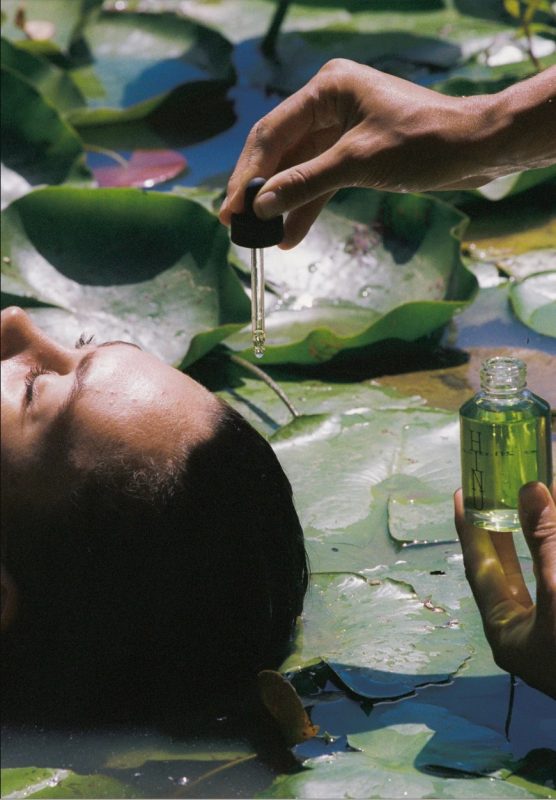

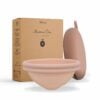

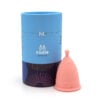




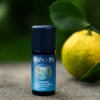






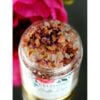





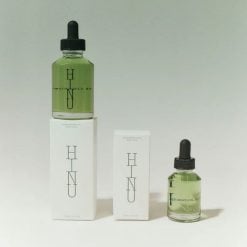

 Beauty Products
Beauty Products By Skintype
By Skintype Brands A-Z
Brands A-Z Wellness
Wellness Health / Nutrition
Health / Nutrition